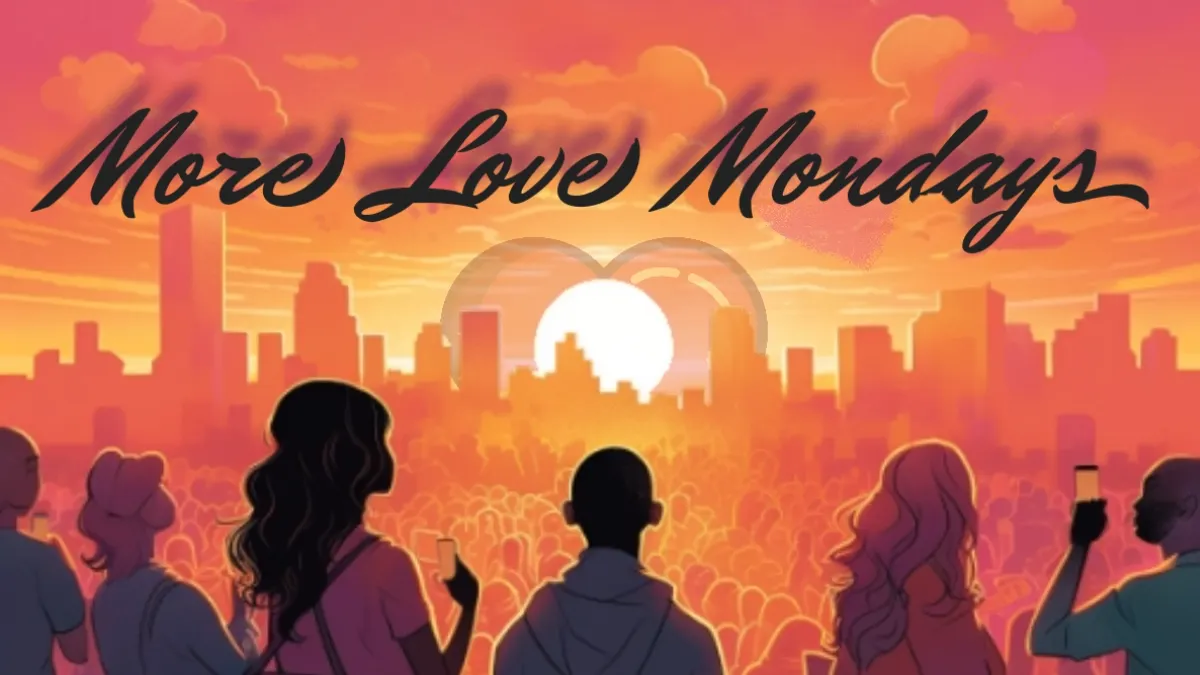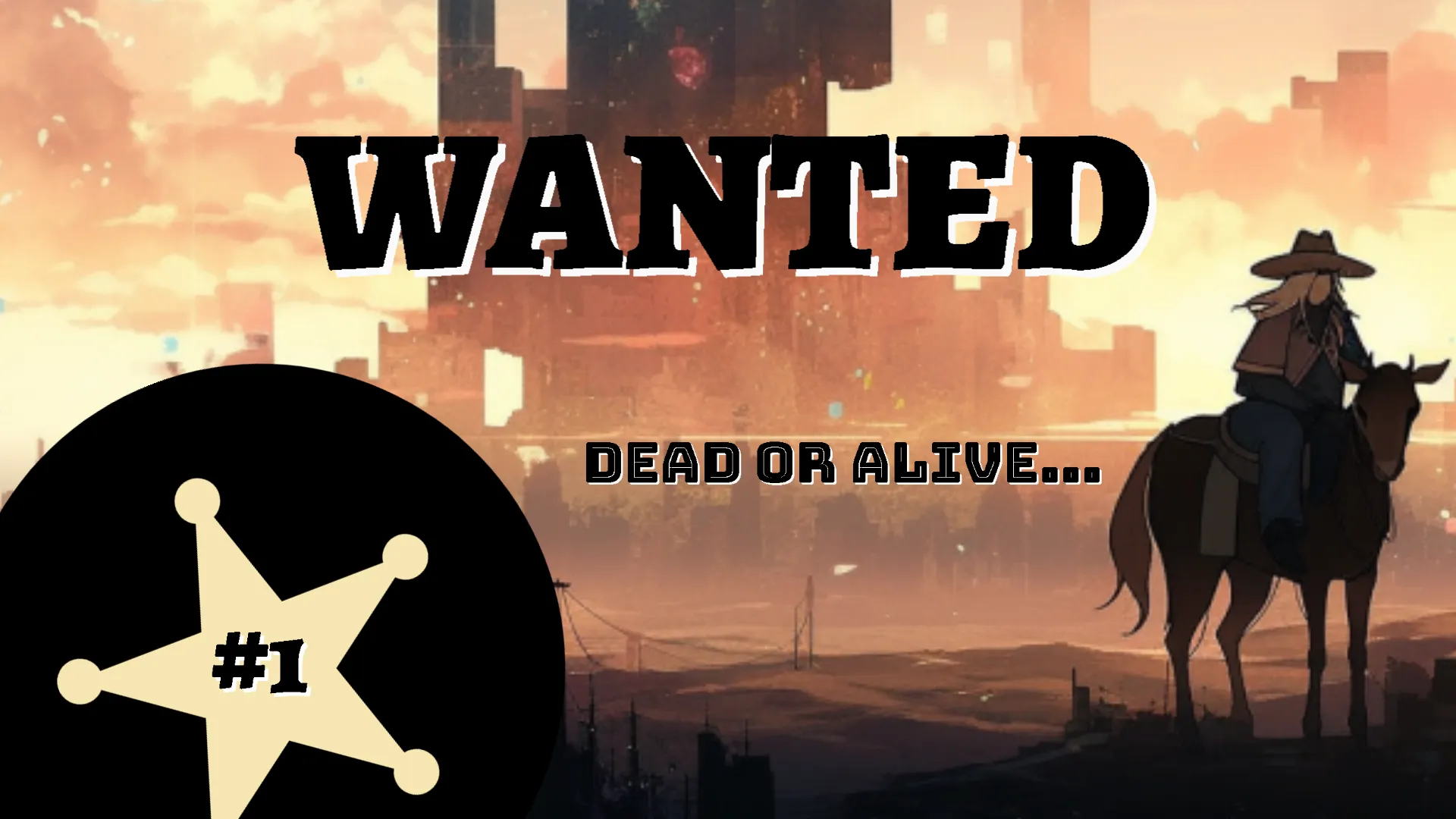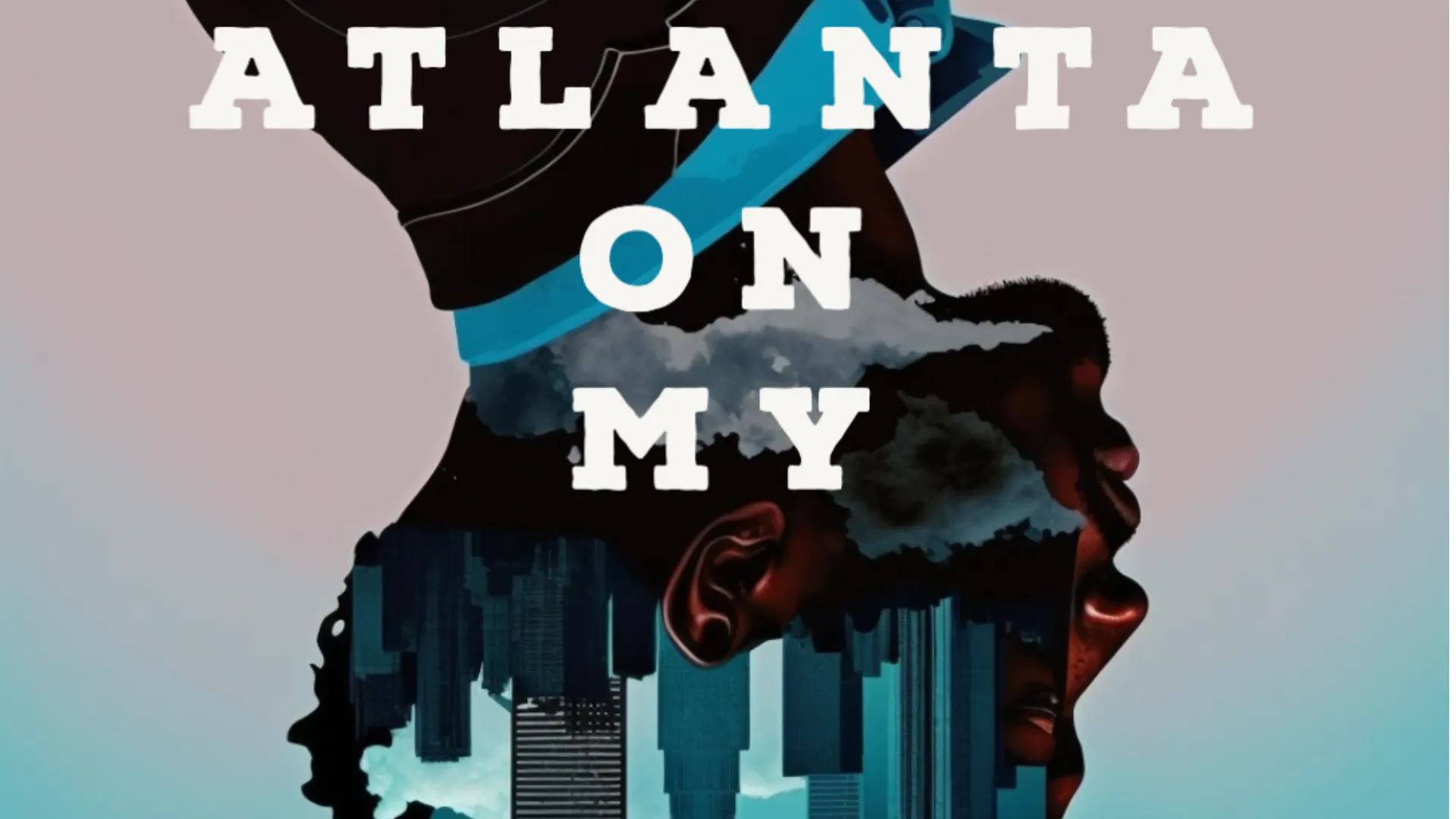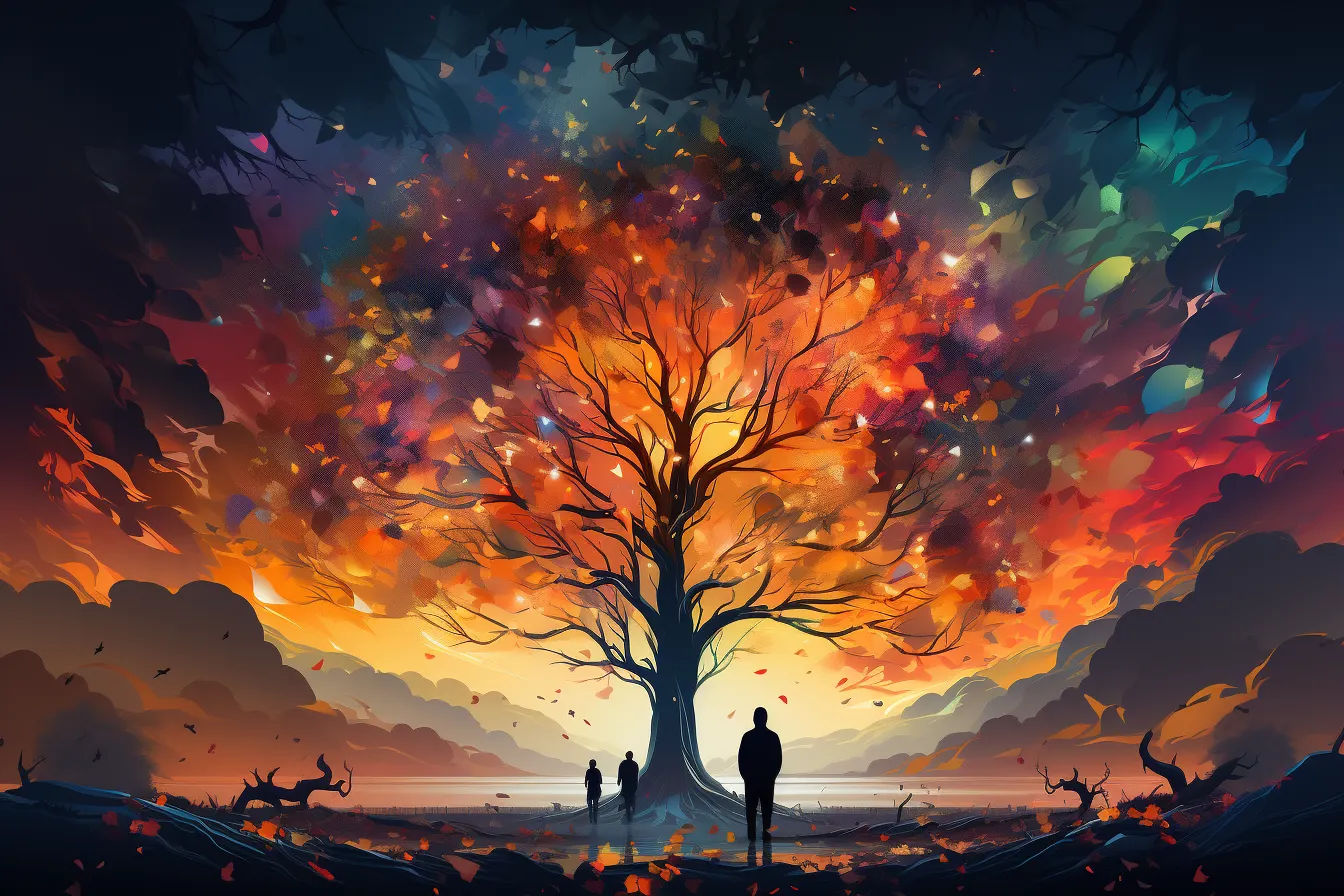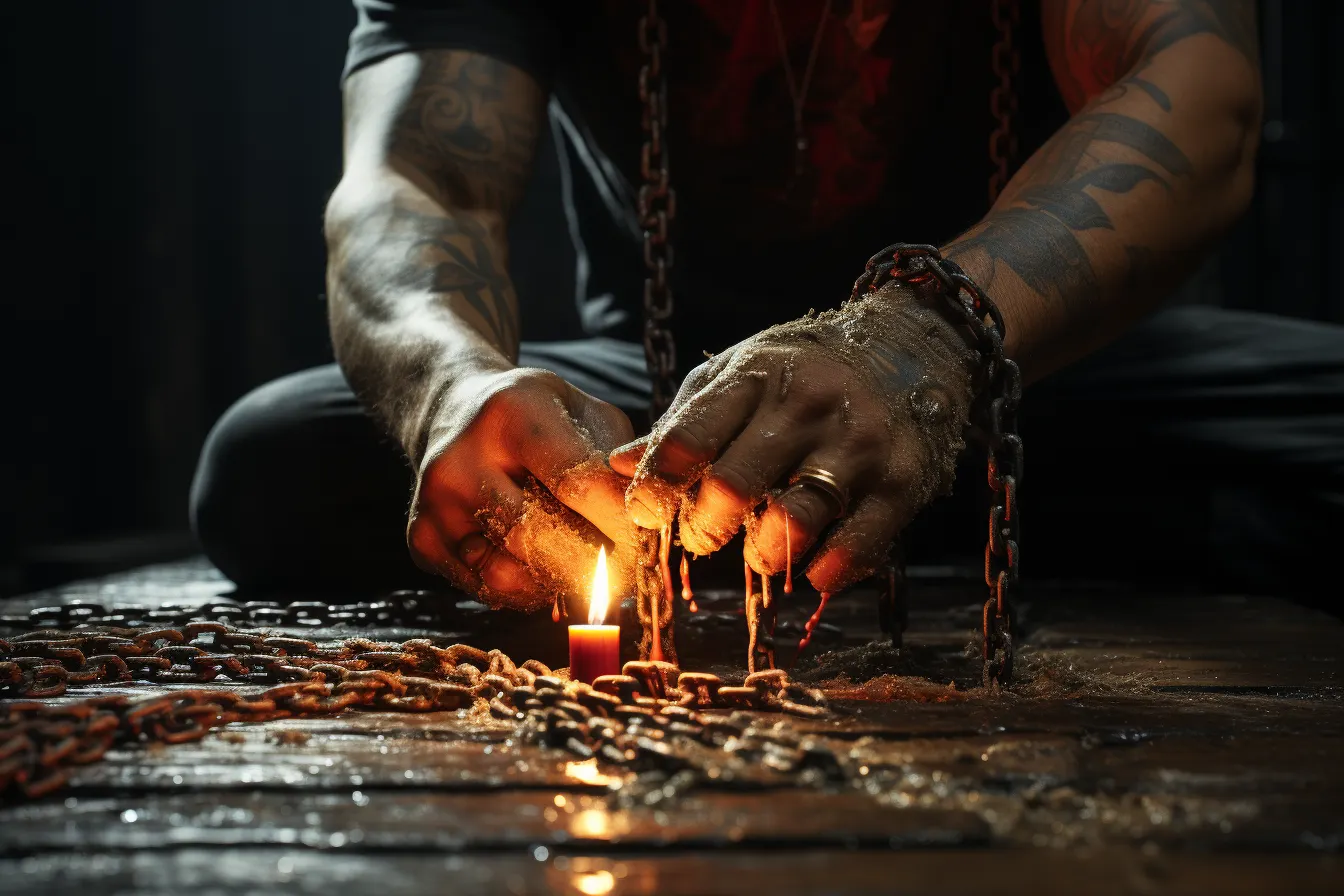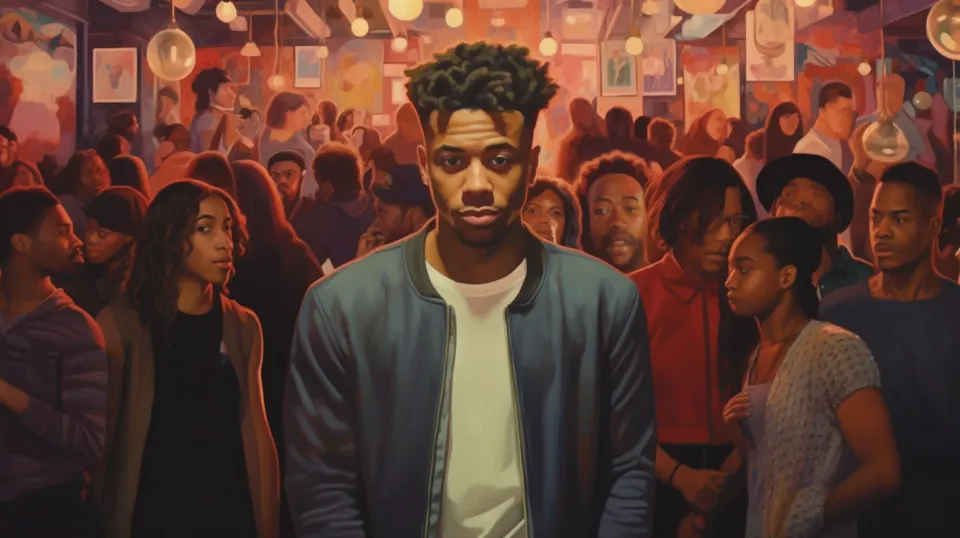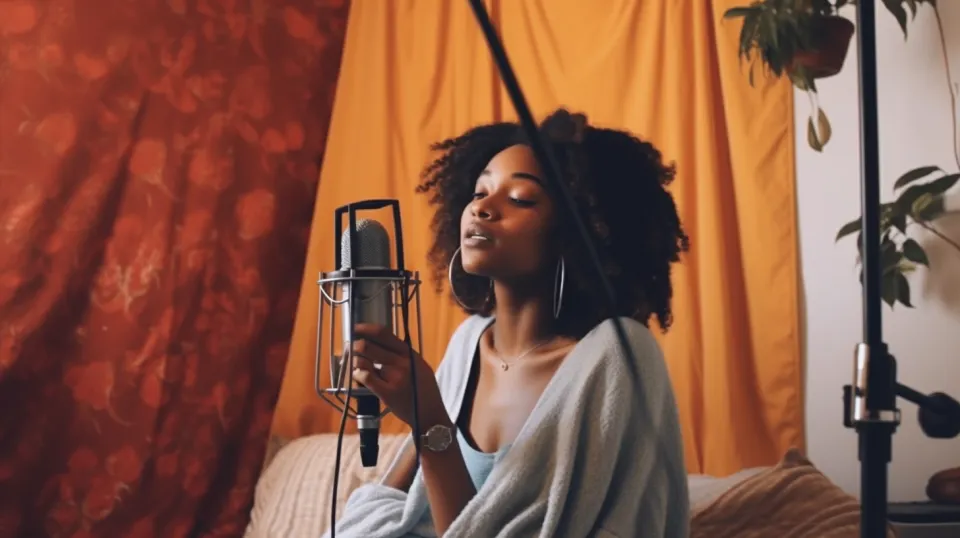Country Thangin: Harmonizing Histories & Fresh Influences in Country Music
Country music has often been seen as a genre steeped in tradition, telling stories of rural America, heartache, and love through its lyrics. It's a genre that transcends generations, uniting people under a single tune or a harmonious guitar strum. But while country music has its roots deeply embedded in American culture, it's important to recognize the diversity of voices contributing to its evolving tapestry. One such initiative, the curated playlist "Country Thangin'," sets out to do just that by focusing on Black and African American artists in the country genre.
What Country Music Stands For
Country music has long served as an audio snapshot of American life, capturing emotions, experiences, and stories that can be both highly personal and universally relatable. Initially birthed from folk, blues, and church music, country evolved to give voice to the narratives of people often overlooked—working-class Americans, people grappling with love and loss, and those connected to the land. It is a genre that insists on honesty and simplicity, valuing authenticity above all else. Country music as we know it has deep historical roots, traced back to the early 20th century in the rural South of the United States. At its genesis, the genre was primarily a melting pot of Appalachian folk, blues, and gospel music, capturing the stories and struggles of everyday Americans. Over time, as it grew in popularity, it incorporated other elements like Western swing, honky-tonk, and bluegrass, transforming into a more diverse and intricate genre.
Lyricism in Country Music
In country music, the words matter. Whether it's Johnny Cash’s raw storytelling or Dolly Parton’s wit and charm, lyricism serves as the backbone. Black and African American artists in "Country Thangin'" maintain this tradition impeccably but often bring new layers of complexity and social relevance to it. Songs in the playlist talk about love and loss but also often delve into critical issues like racial inequality, cultural heritage, and the unique experience of being Black in America.
For example, listen to the poetic lyrics of Mickey Guyton's "Black Like Me," which provide a perspective seldom heard but necessary in the mainstream country narrative. Through beautifully simple yet profoundly deep lyrics, Guyton portrays the struggle, resilience, and beauty of the Black experience in America.
The Pillars of Country Music
Hank Williams:
Known as one of the most significant and influential American singers of the 20th century, Hank Williams' contributions to country music are legendary. His songs like "Your Cheatin' Heart" and "I'm So Lonesome I Could Cry" have become staples, influencing countless artists in the genre.
Johnny Cash:
The Man in Black, as he was affectionately known, brought a unique blend of country, rock, and folk to the masses. His storytelling ability set a high standard for lyricism in country music.
Dolly Parton:
A powerhouse of talent, Dolly Parton brought a different perspective to the genre, one that was deeply feminist and socially aware. Songs like "Jolene" and "9 to 5" remain iconic, capturing the essence of the human condition in her lyrics.
George Strait:
Known as the "King of Country," George Strait's traditional country sound has set him apart as one of the genre's all-time greats. With a career spanning decades, he's been a steady force in maintaining the core traditions of country music.
Garth Brooks:
Breaking into the scene in the 1990s, Garth Brooks infused rock and roll elements into the traditional country narrative. His charismatic performances have made him one of the best-selling solo artists of all time in the United States.
These artists have built upon the foundational sounds of early country music to create something that transcends cultural and social boundaries. Their impact on the genre has been enormous, helping country music gain worldwide recognition and appreciation.
The Changing Landscape of Country Music: A Crossroads of Tradition and Innovation
The genre of country music has never been static, always evolving and adapting to cultural shifts and musical developments. Yet, in recent years, the genre has found itself at a unique crossroads, grappling with the tension between tradition and innovation.
The Pop and R&B Influence
In a bid to reach broader audiences, many modern country artists have started incorporating elements of pop and R&B into their music. Artists like Taylor Swift, Kacey Musgraves, and Sam Hunt have achieved significant crossover success, appealing to fans outside the traditional country base. Their music features elements like electronic beats, slick production, and even autotune—things that were once anathema to the genre's purists.
The infusion of pop and R&B has opened doors for more diversified storytelling and musical experimentation, but it has also sparked debates about what "true" country music should sound like. Some argue that the genre is losing its essence, its soul—straying too far from the storytelling roots and authentic acoustic sounds that define it.
The Advent of Lil Nas X and "Old Town Road"
However, no conversation about the changing landscape of country music would be complete without mentioning Lil Nas X's "Old Town Road." The viral hit, featuring country legend Billy Ray Cyrus, became a cultural phenomenon in 2019, smashing chart records and sparking widespread debates about genre boundaries.
What "Old Town Road" did was more than just blend hip-hop with country elements; it threw open the doors to what country music could be. The song's exclusion from Billboard's country charts initially raised questions about race and representation in the genre, but its overwhelming popularity also made a case for genre fluidity. It showed that country music could absorb elements of hip-hop and still be embraced by a broad spectrum of listeners, young and old.
Lil Nas X's success was not just a win for him but also a wake-up call for the industry at large. It suggested that the future of country music lies in its ability to adapt, to be a genre that is as diverse and dynamic as the people who listen to it.
Balancing Act
Country music today stands at an intriguing juncture. While the tension between keeping the genre 'pure' and allowing it to evolve exists, it's crucial to understand that innovation and tradition are not mutually exclusive. Both can co-exist, enriching the genre in the process. For every Taylor Swift pushing the boundaries, there's a Chris Stapleton keeping the traditional spirit alive. For every Lil Nas X challenging genre norms, there's a Nickelback calling for a return to storytelling roots.
The Melding of Traditions: The Evolutionary Genius of Country Music
One of the most captivating aspects of country music is its dynamic nature—the ability to evolve with time while remaining deeply rooted in its foundational essence of storytelling. Over the years, this core characteristic has made room for an array of sub-genres and styles that have stirred both excitement and debate within the country music community. It is this adaptability that keeps the genre fresh and relevant while ensuring its timelessness.
Emergence of Sub-Genres
Traditionally, country music served as an oral history platform, encapsulating the tales, emotions, and experiences of rural and working-class America. However, as it evolved, it began branching into numerous sub-genres, each with its unique flair but still hinging on storytelling.
Bro-Country:
Pioneered by artis ts like Luke Bryan and Florida Georgia Line, bro-country is marked by its focus on contemporary subjects like partying, trucks, and romantic escapades. Though criticized by some as being formulaic, it has undoubtedly brought younger audiences to country music.
Alt-Country:
Artists like Wilco and Ryan Adams have been flag-bearers for alt-country, which merges traditional country sounds with influences from rock, folk, and even punk. This sub-genre often addresses social issues and personal introspection, adhering to the genre's storytelling essence.
Country-Rap:
This is perhaps the most controversial yet intriguing of the new country sub-genres. Country-rap melds hip-hop beats and rap verses with country themes and instruments like the banjo or the steel guitar.
The Universality of Storytelling
What ties these sub-genres together, despite their apparent differences, is the commitment to storytelling. The themes might vary from lighthearted to socially relevant, but they all serve the same purpose: telling a story that connects with the listener. This foundational essence acts as the common ground that unites artists across the spectrum, allowing for a diversity of voices, themes, and musical styles within the same genre.
Ethnic Backgrounds and the Essence of Country
While country music is often associated with a predominantly white audience and artist base, its core—storytelling—transcends racial and ethnic lines. The "Country Thangin'" playlist is a shining example of this, featuring Black and African American artists who bring their unique perspectives and life experiences into the country narrative. Their stories add an invaluable layer of depth and context to a genre that thrives on tales of human experience, and they contribute to its continual evolution.
This is crucial in today's world where music is becoming more and more a global experience. By incorporating diverse voices, country music enriches itself, expands its reach, and most importantly, stays true to its roots as the music of the people—whatever their background may be.
Featured Content
To get a more in-depth understanding of these artists and their influence on the genre, don’t miss the exclusive interviews and content within the "Country Thangin'" playlist. This content provides an unparalleled look into the minds of the artists, offering a perspective that goes beyond the music. It allows listeners to hear firsthand about the challenges and triumphs that come with being a Black artist in a predominantly white genre and opens the door to discussions about broader cultural impact.
Conclusion
"Country Thangin'" isn’t just a playlist; it's an affirmation of the diversity and richness that Black and African American artists bring to country music. As the genre continues to evolve, it’s essential to recognize and celebrate the myriad of voices that contribute to its complexity and depth. So the next time you think of country music, remember that it's a genre as vast and varied as the American experience itself, and thanks to artists featured in playlists like "Country Thangin'," it’s only getting richer.
Turn up the volume, and let the stories unfold.
By: Lem Luvah
Remarks…
Be sure to Sign up to the Newsletter to keep up with the latest from me. If anything in this article resonated with you, Leave A Comment or Reaction. If you think It would benefit someone you know, Share even if you have an opposing opinion. We all grow by evolving through conversation and want to build a community where it feels safe to do that. Be sure to join the Facebook Group.




